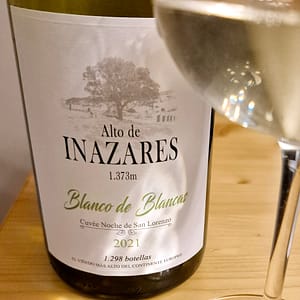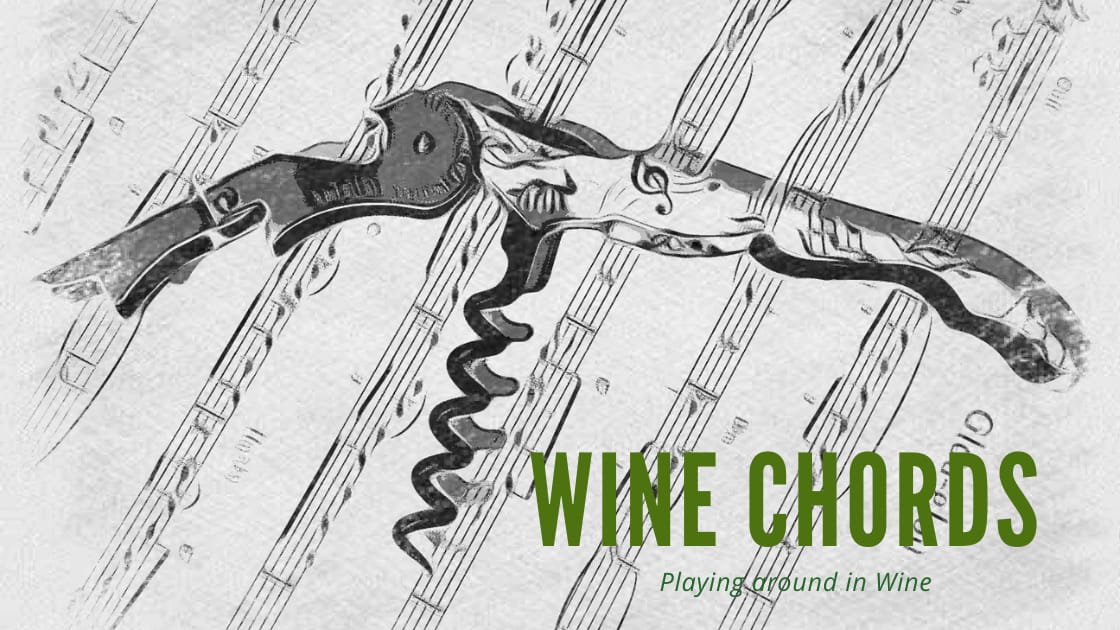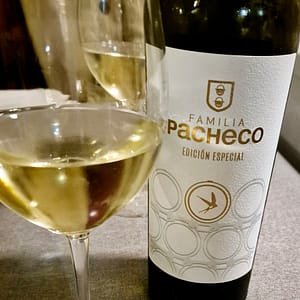Three months ago I had contact with José Andrés Prieto that ended with an agreement to visit in Inazares, Murcia, when I was going on holiday. Then suddenly and unexpectedly he died, on the 30th of November. (Here is an article in Spanish from local paper La Verdad.) I didn’t contact the family then, but I will. All I did was to buy his wine again in the excellent delicatessen shop Sabor y Tradición, just down the road from our flat in Murcia city.
This project was started by two brothers-in-law and their wives in 2005. At the time they didn’t have any knowledge about farming or winegrowing, but got advice from Vinitech Bordeaux. After seven years oenologist María José Fernández Llamas joined the project. They follow a philosophy of minimal intervention and sustainability.
A few years ago I reported from Pedro Olivares’ vineyards nearby, in Inazares, a hamlet of Moratalla municipality. (Read about it here.) This project is now abandoned. This means that it’s little doubt that the highest (at least commercial) vineyards in Europe is now Alto de Inazares’ vineyard at 1.373 meters.
The grapes are viognier, chardonnay, gewürztraminer, sauvignon blanc and riesling, planted in 2011 and cultivated organically on trellises, with a simple cordon royat. The grapes are hand-harvested and destemmed. After a light pressing skin maceration is carried out for 6 hours. The clarification is done by a natural settling of the sediments. The wine is aged on lees in steel for 6 months.

Blanco de Blancas 2021 (Alto de Inazares)
Straw yellow. Plenty of aromatics, with citrus (lemon), floral and herbal notes, and a slight tropical hint (melon). Fresh in the mouth, concentrated, mineral, with a vivid acidity and a long aftertaste. Full of energy.
Price: Medium
Leave a Comment






